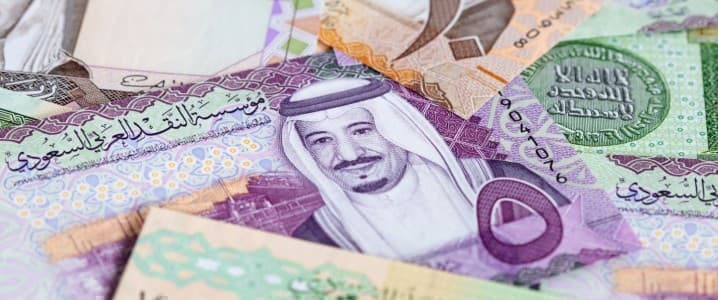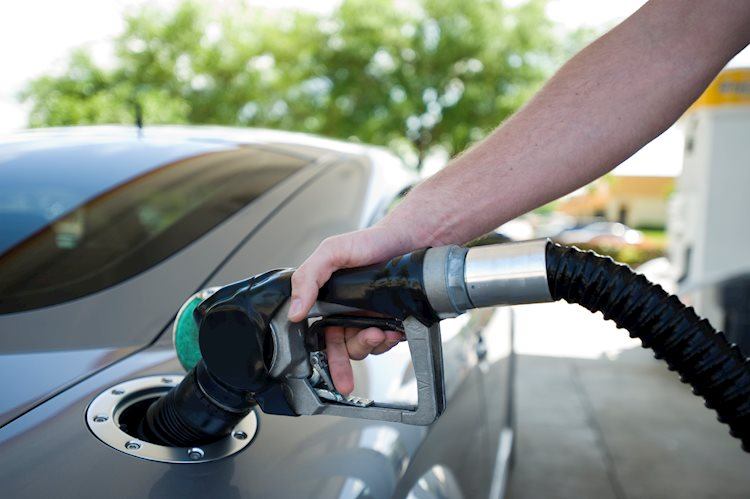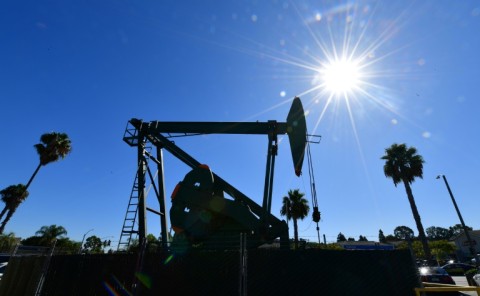Irina Slav
Irina is a writer for Oilprice.com with over a decade of experience writing on the oil and gas industry.
More Info
Premium Content
By Irina Slav – May 11, 2025, 4:00 PM CDT
Saudi Arabia faces fiscal strain as Brent crude prices remain below the ~$90–96/bbl needed to balance its budget, with a projected 2024 deficit of up to 5% of GDP.
Despite non-oil sector growth, Saudi Arabia’s economy remains tied to oil.
Riyadh may tighten spending or raise taxes, while analysts warn the deficit could exceed $67 billion if Brent averages $62 this year.
Saudi Arabia is driving a faster-than-planned oil production ramp-up among the eight OPEC+ members that were keeping a cap on their output. Saudi Arabia is also raising its oil prices for Asian buyers amid falling benchmarks. This has confused some, even though the moves point in the same direction, of stronger demand down the road. Yet this stronger demand won’t help the Saudis avoid some fiscal pain.
One often-cited figure when it comes to oil prices and Saudi Arabia’s budget is $90 per barrel. This is the price of Brent crude that the Middle Eastern kingdom needs to balance its budget. It has some of the lowest-cost oil production in the world, but it also has generous spending habits that became extra generous when Crown Prince Mohammed embarked on an economic transformation journey for the oil-dependent leader of OPEC.
Saudi Arabia is no stranger to fiscal pain. During the last major oil price route—prompted by Saudi’s war on U.S. shale by flooding the market with crude—Saudi Arabia experienced something it was not used to experiencing. Austerity measures had to be implemented by the government to weather the side effects of the price war after it sank Brent crude from $112 per barrel in June 2014 to just $48 in January 2015. It also sank a lot of U.S. shale drillers, so its goal was fulfilled but it caused pain at home, too.
Since then, Saudi Arabia’s leadership has put a solid effort into diversifying the economy away from oil rather than just talking about it. As a result, the non-oil industries in the country have grown as percentage of GDP and have helped push overall growth higher even when oil prices were weaker. The first quarter of this year is a good example. Saudi Arabia’s economy expanded by a respectable 2.7%, thanks in no small part to its non-oil sectors. Together, these expanded by 4.2% in the period.
This growth, however, has reversed since the start of the second quarter—because even non-oil industries remain linked to oil prices, not only in Saudi Arabia. What’s more, the cheaper oil becomes, the higher the Saudi budget balance prices climb. Per the International Monetary Fund’s latest calculations, Riyadh needs $96.20 per barrel of Brent to balance its budget. Since this sort of price is not exactly on the horizon—for now—public spending will need to be curbed.
This year, Saudi Arabia’s budget deficit could hit 5% of GDP if the weakness in oil prices extends, Gulf News reported this week in an analysis of the kingdom’s fiscal situation and options. Those include the abovementioned public spending cuts, possibly tax hikes, and support for new non-oil industries, author Justin Varghese wrote. He added, however, that a deficit equal to 5% of GDP is not really a death sentence for the Saudi economy. He noted the kingdom’s solid fiscal standing and the discipline in that respect that the government cultivated after the 2014 rout. Saudi, in other words, could survive a wider deficit for a while.
The question, of course, is how wide the deficit would become and how long it would last. For the first quarter of the year, the kingdom booked a budget shortfall that was greater than half its forecast deficit for the full year, at $15.6 billion. In the period, oil revenues slumped by 18% from a year earlier to $40 billion, or 150 billion riyals. Non-oil revenues inched up by only 2%, leaving a bigger-than-planned gap in total revenues.
The finance ministry had estimated the full-year deficit at $27 billion, or 101 billion riyals, in its budget statement. That would be equal to 2.3% of gross domestic product. So, if the oil price depression continues, this could swell to over $50 billion. This means Saudi Arabia would need to step up borrowing, which it used to cover the first-quarter deficit rather than tapping its foreign currency reserves.
One analyst has warned it could get even worse than this. Goldman Sachs economist Farouk Soussa earlier this year told Bloomberg that if Brent averages about $62 per barrel this year (which is now the base-case of most investment banks), Saudi Arabia’s deficit could soar to $67 billion for the full-year 2025, more than double the Kingdom’s budget plan of a deficit of $27 billion.
Yet Brent crude is climbing again, currently trading above $63 per barrel—even though OPEC+ is adding another 411,000 bpd in June after the first boost of 411,000 bpd this month. Not only this, but oil futures charts suggest expectations of tightening demand down the road. The oil futures market shows contango towards the end of 2025, suggesting either tighter supply or stronger demand—or perhaps both as U.S. shale growth slows down under the weight of lower prices.
It will be a tough year for Saudi Arabia; this much is clear. Yet it might motivate a stronger push into diversification, which will ultimately pay off with greater resilience to oil price swings—even as oil revenues remain essential for this diversification.
By Irina Slav for Oilprice.com
More Top Reads From Oilprice.com
U.S. Crude Oil Output to Peak Sooner Than Expected The Market Is Well Supplied – So Why Is Saudi Arabia Raising Oil Prices? Shell’s Deepwater Dreams Hit Delay in the Gulf
Download The Free Oilprice App Today
Back to homepage
Irina Slav
Irina is a writer for Oilprice.com with over a decade of experience writing on the oil and gas industry.
More Info
Related posts
Leave a comment
https://oilprice.com/Energy/Energy-General/Saudi-Arabia-Spends-Like-Oils-Still-at-90.html




